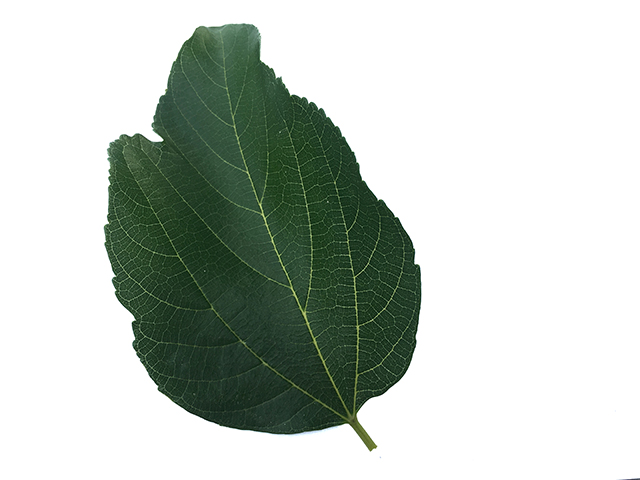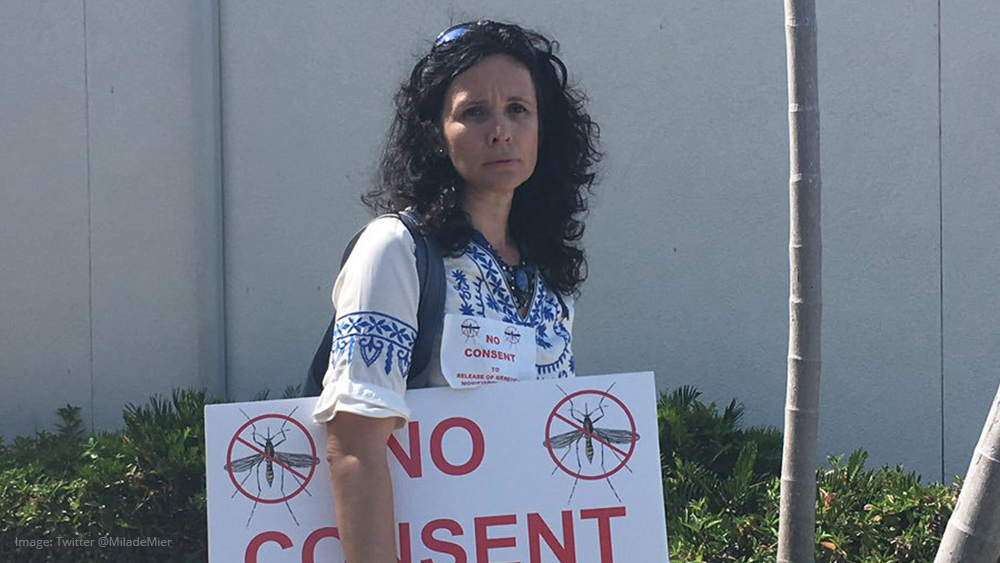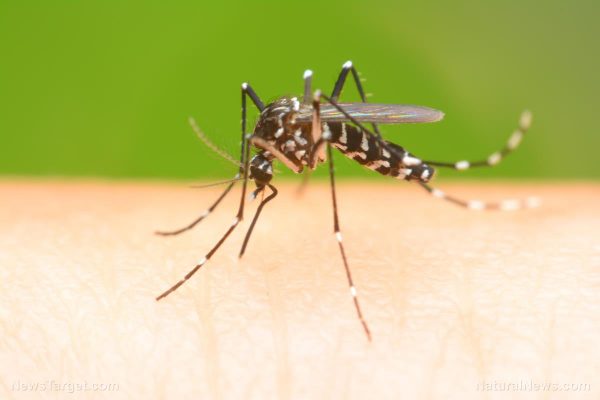What seemed like a run-of-the-mill case of headaches and joint pain turned out to be chronic Lyme disease in an eight-year old girl, who now has to live with the effects of the debilitating disease for the rest of her life. The girl’s mother, Jamie Buss, shared in a story on KHou.com that her daughter Ella suffered from severe headaches in early 2015, but they disappeared on their own after they had consulted a pediatrician.
A year later, Ella started experiencing joint pains that came and went. The pain was not too serious, so Buss chalked it up to growing pains until all of a sudden, the problem became so bad that Ella could not walk. Suspecting juvenile rheumatoid arthritis, the pediatrician immediately sent the family to a specialist, but after a series of blood tests, the results pointed to Lyme disease.
Buss shared that she did not realize the gravity of the situation initially, especially since her daughter’s doctors were optimistic that she would make a full recovery. However, her daughter’s situation only worsened. Ella began to experience more severe symptoms, including blurred and double vision, insomnia, concentration problems, difficulty walking, bouts of air hunger, and really bad stomach and chest pain that made her unable to stand up straight.
After four weeks of antibiotics proved ineffective against her daughter’s Lyme disease, Buss sought the help of a Lyme specialist who, after another series of blood work, found that Ella not only had Lyme disease, but two other tick-related infections that caused complications in her recovery.
Since then, Ella has been on medications and herbal supplements to fight the infections, but the road to recovery is long and painful, especially for an eight-year old girl. Buss wrote that the disease has caused her daughter to miss a lot of school, and while she has somehow managed to keep up with classes, she is unable to socialize and play with her friends.
The mother urged people to be extra careful and vigilant against Lyme disease, which is caused by the Borrelia burgdorferi bacteria carried and transmitted by ticks. She shared a few measures that people can take to prevent tick bites and protect against the disease:
- Wear the appropriate clothes while hiking. Tight, light-colored clothing and long socks are important as they protect most of your skin from ticks and makes it easier to spot them. Clothing should be changed upon getting home, and washed as soon as possible.
- Use insect repellent to deter ticks.
- Check parts of the body where ticks are likely to hide: hair, underarms, inner legs, and other dark, moist areas.
- Be familiar with the early signs of the disease, but don’t rely on them too much. The characteristic bull’s eye rash associated with the diseases appears in less than half of Lyme cases.
Keeping these habits in mind can help save families from experiencing the challenges that Jamie, Ella, and their family now have to deal with until a more effective cure is discovered.
The Centers for Disease Control and Prevention (CDC) estimates that about 300,000 people in the United States are diagnosed with Lyme Disease every year. Most cases occur in the Northeast and upper Midwest, with 96 percent of cases coming from just 14 states.
Early signs and symptoms of the disease typically occur within three days to a month after the tick bite. These include fever, chills, headache, fatigue, muscle and joint pain, swollen lymph nodes, and the appearance of a bull’s eye rash (also known as Erythema Migrans). Later signs and symptoms occur from days to months after the bite, and include more severe headaches and stiff neck, arthtritis and severe joint pain and swelling, facial palsy, heart palpitations, dizziness and shortness of breath, inflammation of brain and spinal cord, nerve pain, tingling in the hands and feet, and short-term memory problems.
The CDC said that diagnosing and treating Lyme disease early is crucial to a complete recovery.
Get more health updates on Medicine.news.
Sources include:
KHou.com
CDC.gov





















